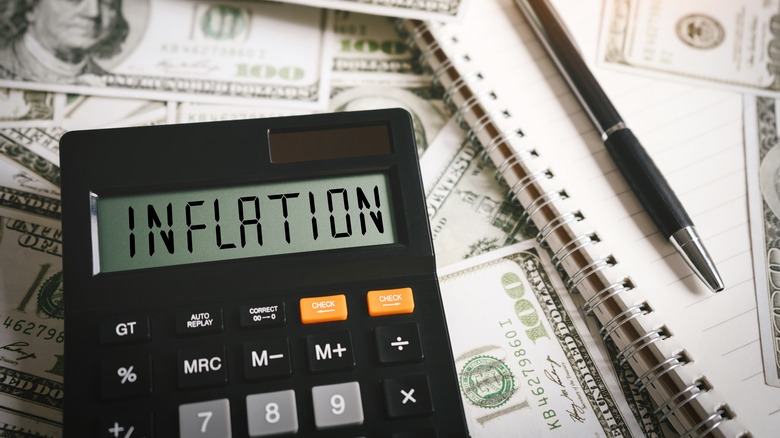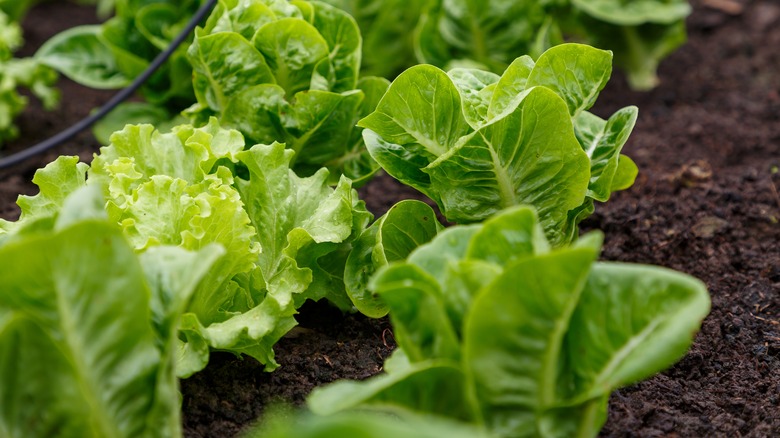Food Prices Are Still Rising, Even As Other Inflation Calms Down
Inflation has been rising over the last few years for a number of reasons. According to AP News, the COVID-19 pandemic caused a number of supply chain issues, due to shipment delays, higher costs to store food supplies, and product shortages. The issues were exacerbated by the Russia-Ukraine war, which limited grain and cereal exports from Ukraine, as well as fertilizers typically used to grow crops in other countries.
In order to keep up with rising food costs, many restaurants, including fast food chains, were forced to raise their menu prices over the past year. This may have been part of the reason that more consumers now prefer to cook dinner at home, as per Winsight Grocery Business, with fewer people opting to eat out with friends and family. However, that doesn't mean that grocery costs haven't been able to escape inflation, and it looks like those food costs aren't slowing down any time soon.
Ingredients could cost more as we approach the holidays
Consumers might see a little bit of relief when filling up their car's gas tank, but that doesn't mean they're seeing more money in their pockets — it might just be spent at the grocery store instead. NPR reports that gasoline prices dropped 2% between October and November 2022, and are cheaper than they were in December of 2021. However, food prices have continued to climb, up another 0.5% in November.
The U.S. Bureau of Labor Statistics noted that costs for fruits, vegetables, cereals, bakery products, dairy products, and non-alcoholic beverages all rose in November. NPR reports that lettuce was up a whopping 8.9%. East coast wholesalers previously paid between $25-30 for a box of Romaine lettuce, which contains roughly 24 heads, but increased transportation costs and crop issues have caused the boxes to cost nearly $100. California crops took a hit in the fall when a virus interrupted the production of lettuce and caused a shortage.

